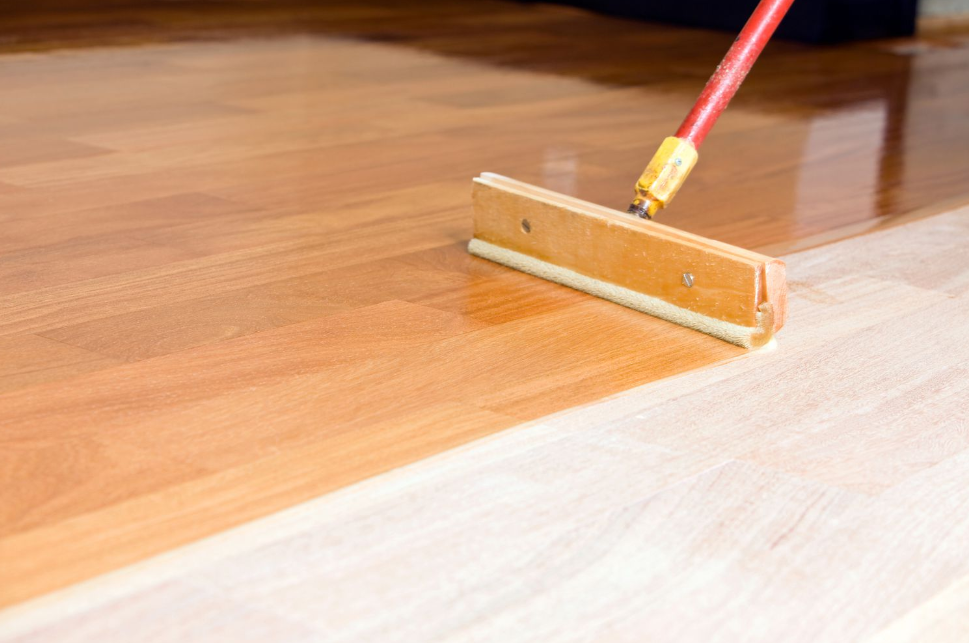If you’re faced with the issue of having to apply floor sealer in a chilly environment, there are a few tricks of the trade that can make all the difference. Cold temperatures present unique challenges that can affect the application and curing process of sealers.
Let’s explore the impact of cold weather on floor sealing and provide practical tips for achieving success in these conditions.
The Impact of Cold on Floor Sealing
Cold temperatures can throw a wrench into your floor sealing plans. The chilly air slows down the drying process of sealers, which can lead to issues like reduced adhesion or improper curing. It’s like trying to dry your laundry on a freezing winter day.
1. Choose the Right Sealer
Selecting the appropriate sealer for cold-weather applications is paramount. Some sealers are designed to handle lower temperatures or have specific cold-weather formulations. Always read product labels and manufacturer guidelines to make the right choice for your project.
2. Proper Surface Preparation
In cold conditions, proper surface preparation becomes even more critical. Begin by thoroughly cleaning the surface, removing any existing coatings, and repairing defects. For best results, you can consider a professional floor scrubber hire.
3. Adjust Your Application Techniques
When working in the cold, adapt your application techniques accordingly. Opt for thinner coats to ensure proper drying and curing. Additionally, maintain adequate ventilation to aid the drying process. Visualize it as painting a wall—the right strokes and airflow are key.
4. Environmental Considerations
Controlling the environment during and after sealer application is crucial. Maintain optimal temperature and humidity levels. If it’s frigid outside, consider using space heaters, fans, or dehumidifiers to create a cosy atmosphere for your sealer. Think of it as crafting a warm, snug shelter for your floor.
5. Allow for Adequate Curing Time
In cold weather, patience is your ally. Low temperatures can significantly extend the curing process of sealers. Follow the manufacturer’s recommendations for curing times, and avoid the temptation to rush. Picture it like baking cookies—you can’t cut corners on perfection.
Conclusion
Achieving success when applying floor sealer in cold environments boils down to careful decision-making. Don’t overlook the importance of environmental control and allowing ample time for curing. By following these practical tips, you’ll be well-prepared to tackle your floor sealing project, regardless of how chilly the weather may be.

